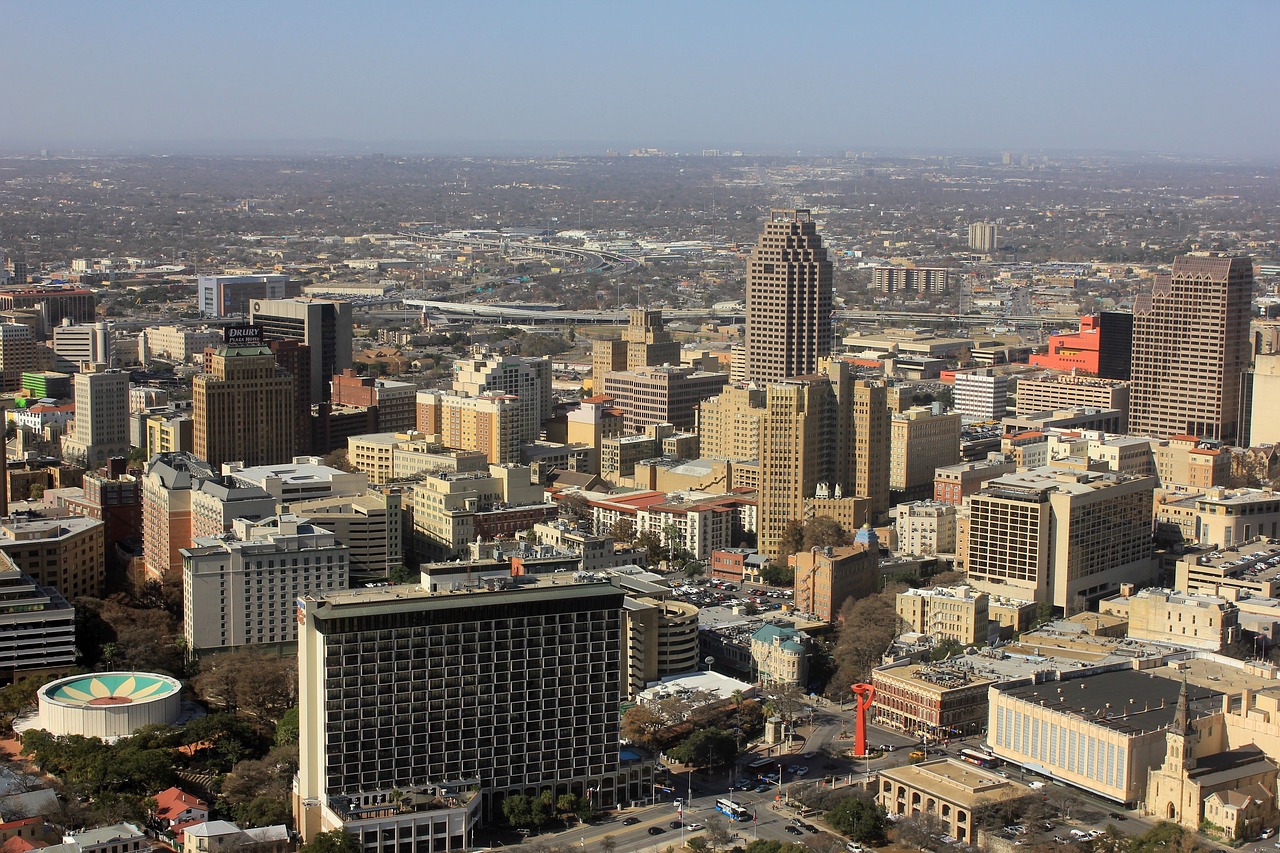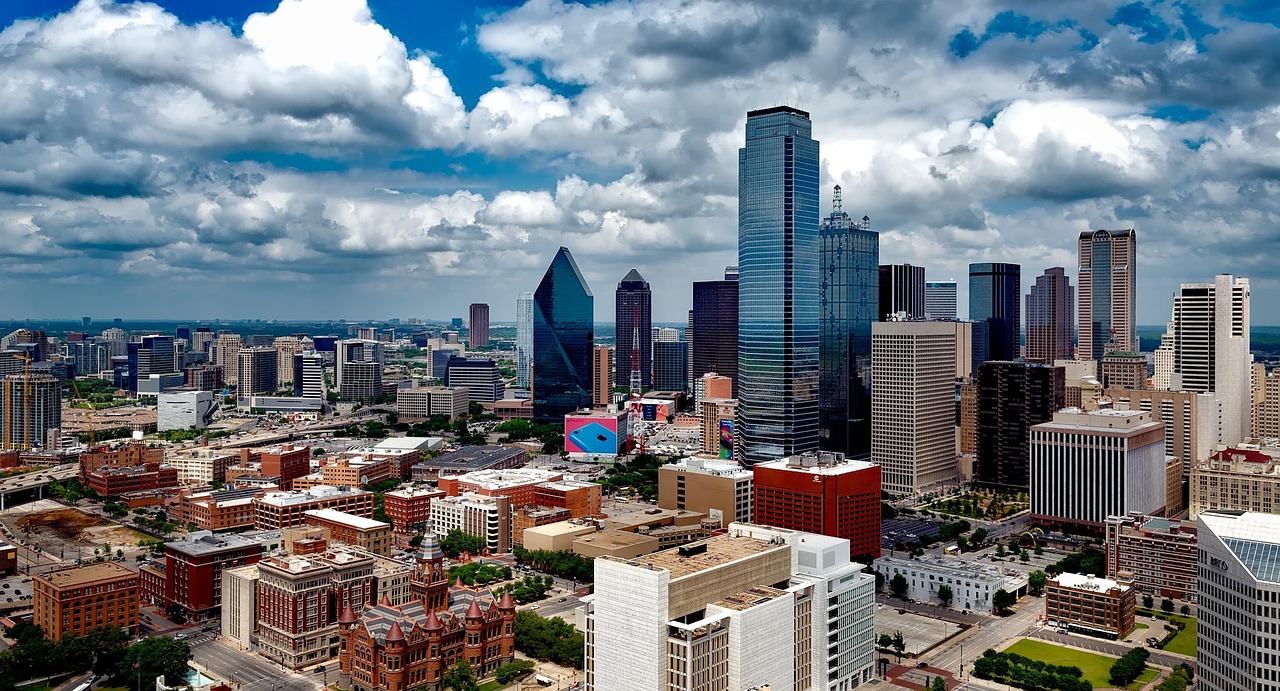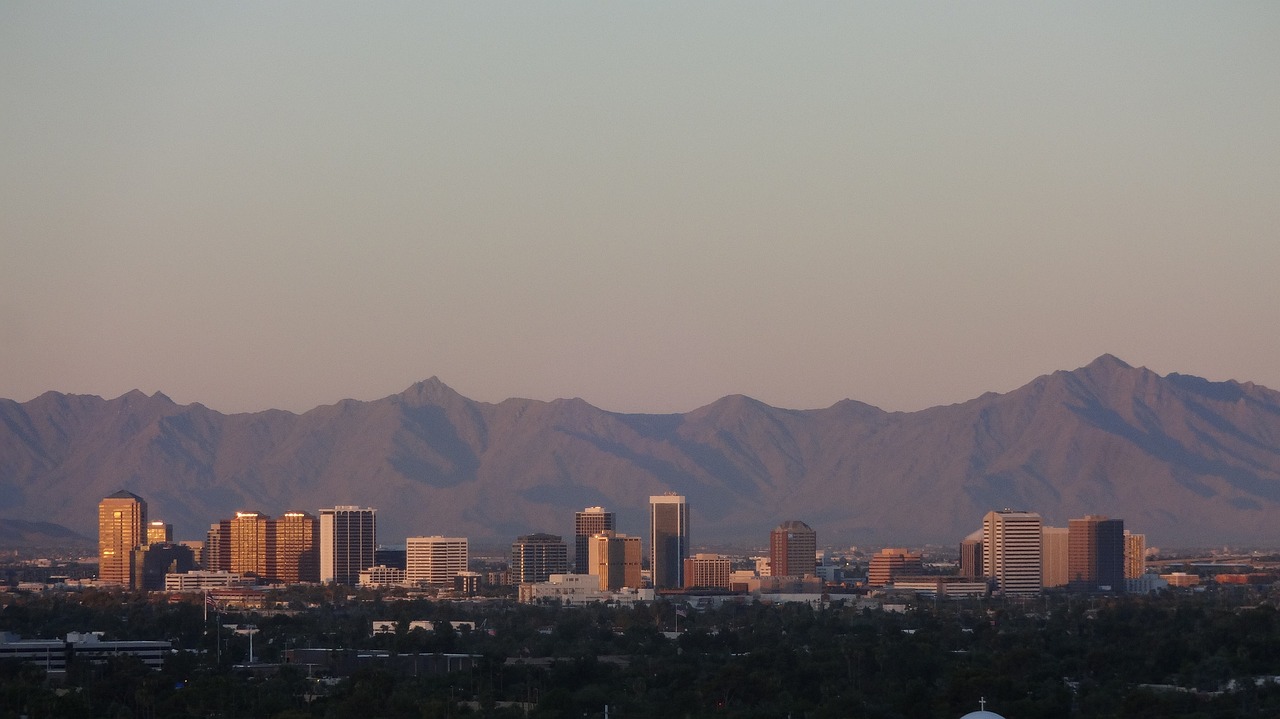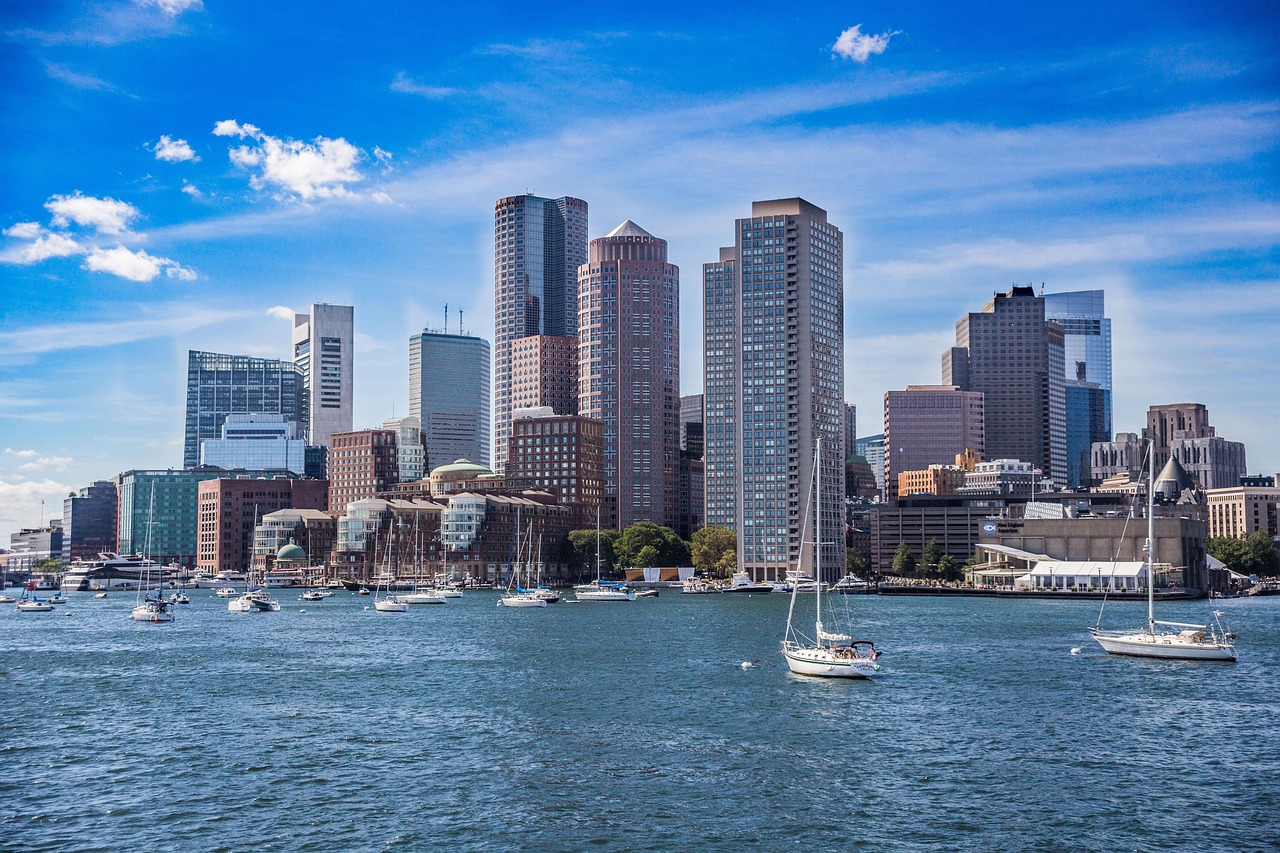Looking for a unique adventure? Everglades National Park is a vast wilderness in Florida. This blog will show you what makes it special and how to enjoy it. Keep reading!
Key Takeaways
- Everglades National Park is in Florida and has a unique subtropical environment. It is home to various ecosystems and wildlife, including manatees and American crocodiles.
- The park experiences two main seasons, wet and dry, which affect its wildlife activities. Visitors can hike, camp, enjoy boat tours, and observe wildlife across different habitats like freshwater sloughs, tropical hardwood hammocks, cypress forests, mangrove forests, as well as marine environments.
- Threats to the Everglades include water pollution, urban growth near the park borders leading to habitat loss for animals and plants. Invasive species like Burmese pythons also harm native populations.
- Restoration efforts are ongoing with projects like the Comprehensive Everglades Restoration Plan aiming to restore natural water flow. Community-government partnerships play a role in conservation.
Geography and Climate of Everglades National Park

Everglades National Park, located in southern Florida, features a unique subtropical environment with diverse ecosystems. The park experiences seasonal weather patterns, including wet summers and dry winters, shaping its rich biodiversity and landscapes.
Unique subtropical location
The Everglades National Park sits in a unique spot. It’s the only subtropical wilderness in the United States. This means it has warm, wet summers and mild, dry winters. The park is home to rare and beautiful wildlife like manatees, American crocodiles, and countless birds.
Its location also leads to its amazing mix of ecosystems. You can find everything from vast wetlands to dense forests here. This makes it a perfect place for travelers who love nature.
Seasonal weather patterns play a big role too. Let’s dive into that next.
Seasonal weather patterns
Everglades National Park has two main seasons: wet and dry. Wet season runs from May through November, bringing heavy rains and high humidity. This is the time when wildlife thrives, as water fills the sloughs and marshes.
Dry season spans December through April, with less rain and cooler temperatures. It’s a great period for visitors who want to avoid mosquitoes and see lots of birds flocking to the remaining waterholes.
During wet months, afternoon thunderstorms are common, quickly cooling things down but making trails muddy. In dry months, skies clear up, offering sunny days perfect for hiking and camping.
Each season brings a unique way to experience the park’s diverse ecosystems.
Ecosystems in the Park
The park is home to diverse ecosystems. It hosts various habitats and wildlife.
Freshwater sloughs and marl prairies
Freshwater sloughs flow through Everglades National Park, acting as crucial waterways. These slow-moving rivers are vital for the park’s health. They carry water from the Kissimmee River down to Florida Bay.
The journey supports a diverse ecosystem along the way.
Marl prairies lie next to these sloughs, offering a unique landscape. They have grassy, wet soil that turns hard during dry seasons. This changing environment supports different wildlife at various times of the year.
It’s where you might see rare birds and other endangered species making their homes.
Tropical hardwood hammocks
Tropical hardwood hammocks in the Everglades National Park are dense, elevated areas with diverse plant life. These hammocks provide shelter for a variety of wildlife and offer an escape from the surrounding wetlands.
Many of these trees are over 100 years old and include species like gumbo limbo, paradise tree, and wild tamarind, forming a lush canopy above.
These hammocks stand as islands in the sea of grass and water that dominates much of the park’s landscape. They’re unique pockets of biodiversity within the larger ecosystem. Exploring these hammocks offers visitors a peek into this vibrant mini-ecosystem thriving within the subtropical wilderness.
Cypress and mangrove forests
Everglades National Park is home to extensive cypress and mangrove forests, vital parts of the park’s diverse ecosystem. Cypress forests thrive in the freshwater areas, characterized by their towering trees and intricate root systems that provide habitats for numerous species.
These forests play a crucial role in maintaining water quality and preventing erosion. On the other hand, mangrove forests grow along the coastal areas, offering protection from storms and serving as nurseries for many fish species.
Cypress trees can reach impressive heights—up to 100 feet—and have been growing in the Everglades for centuries. Similarly, mangroves are uniquely adapted to survive in saltwater environments, with complex root systems that filter out salt and anchor them firmly into the muddy shores.
Both these forest types are integral to preserving biodiversity in this unique region. Visitors can explore cypress domes via hiking trails or take boat tours through mesmerizing mangrove tunnels – experiences that offer an up-close look at these remarkable ecosystems before delving into Florida Bay’s marine habitats.
Next: Marine and estuarine habitats
Marine and estuarine habitats
The Everglades National Park is home to diverse marine and estuarine habitats, including Florida Bay. These areas support an abundance of wildlife, such as waterfowl and endangered species like the West Indian manatee.
The intertwining mangroves create a vital ecosystem where sea life breeds and juvenile fish find shelter. Visitors can explore these unique habitats through activities like airboat tours, providing an up-close look at the park’s stunning biodiversity.
The marine and estuarine habitats are crucial for sustaining the rich diversity of plant and animal life in the Everglades National Park. They offer a glimpse into a vibrant underwater world that complements the park’s renowned terrestrial ecosystems.
Preserving these valuable coastal environments is essential for safeguarding the overall health of this iconic wilderness reserve while ensuring its enjoyment by future generations.
Human History of the Everglades
Native peoples and early settlements shaped the human history of the Everglades, with a rich interplay between cultures and nature. To learn more about the captivating stories behind this unique ecosystem, keep reading!
Native peoples and early settlements
Before the arrival of European settlers, various Native American tribes lived in the Everglades area for thousands of years. These tribes included the Calusa, Tequesta, and Miccosukee people.
They built settlements along waterways and relied on hunting, fishing, and agriculture to sustain their communities. The unique ecosystem of the Everglades provided them with abundant natural resources such as fish, shellfish, plants, and game animals.
These early inhabitants cultivated a deep understanding of their environment and developed sophisticated methods for survival in this challenging landscape. Their presence is evidenced by archaeological sites found throughout the park that speak to their rich cultural heritage that dates back over 2,000 years.
The Seminole tribe also has a significant historical connection to the region; they sought refuge in the Everglades during conflicts with US forces in the 19th century. Today’s visitors can learn about these indigenous peoples’ history through exhibits at park visitor centers and preserved artifacts showcased within the park’s museum collections.
Land development and conservation efforts
Settlements and agriculture have changed the Everglades over time. In response, conservation efforts are underway. For instance, a massive project aims to restore natural water flow in the park, preserving vital wildlife habitats.
Government agencies and local communities work together to protect this unique ecosystem.
Conservation initiatives like these ensure that future generations can experience the beauty of the Everglades National Park while safeguarding its delicate balance of nature. These efforts represent a collective commitment to preserving one of America’s most precious wilderness reserves for all to enjoy.
Next up is “Activities for Visitors” will highlight some exciting ways to experience the park!
Activities for Visitors
Explore popular hiking trails, experience camping and recreational opportunities, and enjoy wildlife observation and photography. Find out more exciting activities for your unforgettable visit to Everglades National Park!
Popular hiking trails
Everglades National Park offers a range of hiking trails suitable for all levels of experience. These trails allow visitors to explore the park’s diverse ecosystems and wildlife.
- Anhinga Trail: This popular trail provides an up-close view of wildlife, including alligators and numerous bird species.
- Shark Valley Trail: A 15-mile loop trail offering breathtaking views of the “River of Grass” with its diverse flora and fauna.
- Gumbo Limbo Trail: This short, wheelchair-accessible trail winds through a shaded hammock, showcasing the unique tropical hardwood ecosystem.
- Pa-hay-okee Overlook: An elevated platform offering panoramic views of the vast sawgrass prairie and its surrounding marshes.
These trails offer opportunities for nature enthusiasts to immerse themselves in the remarkable beauty and biodiversity of Everglades National Park.
Camping and recreational opportunities
Everglades National Park offers a variety of camping and recreational opportunities, providing visitors with unforgettable experiences in the wilderness. Here are some activities you can enjoy during your visit:
- Camping amidst the lush surroundings, offering a chance to immerse yourself in the park’s unique ecosystem.
- Exploring the diverse wildlife through guided airboat tours across the wetlands and estuarine habitats.
- Engaging in birdwatching and capturing stunning photographs of waterfowl and migratory species.
- Enjoying hiking along popular trails that lead you through tropical hardwood hammocks, offering an up-close experience with nature.
- Participating in ranger-led programs and educational activities focused on conservation and biodiversity preservation.
These activities allow travelers to engage with the natural beauty and unique environment of Everglades National Park, creating lasting memories while supporting its preservation efforts.
Wildlife observation and photography
Everglades National Park offers incredible opportunities for wildlife observation and photography. Visitors can witness the diverse ecosystems and capture stunning shots of the park’s unique inhabitants. Here are some of the highlights:
- Freshwater Sloughs and Marl Prairies: Explore these areas to spot alligators, turtles, wading birds, and a variety of colorful flora.
- Tropical Hardwood Hammocks: These dense forested areas are home to an array of bird species, including warblers, woodpeckers, and owls.
- Cypress and Mangrove Forests: Keep an eye out for elusive panthers, deer, raccoons, and numerous reptiles while wandering through these lush environments.
- Marine and Estuarine Habitats: Take a boat tour to observe dolphins, manatees, sea turtles, and an assortment of fish thriving in these coastal waters.
Visitors can partake in guided tours or venture out on their own to capture unforgettable moments amidst the breathtaking landscapes of Everglades National Park.
Threats to the Everglades Ecosystem
The Everglades face threats from water diversion and pollution, urban encroachment, invasive species, habitat loss, rising sea levels, and climate change. Restoration and conservation efforts are being carried out to address these challenges.
Water diversion and pollution
Water diversion and pollution pose serious threats to the Everglades National Park. The delicate balance of this ecosystem is disrupted by the redirection of water flow for human use, affecting the natural habitats of wildlife and plant species.
Additionally, pollution from urban and agricultural areas further harms these wetlands, impacting water quality and endangering the diverse wildlife that call the Everglades home. These issues require ongoing conservation efforts to protect this unique subtropical wilderness and preserve its biodiversity for future generations.
Restoration has become crucial as rising sea levels from climate change exacerbate these threats. Community partnerships are essential in addressing water diversion and pollution challenges through sustainable practices that safeguard these precious ecosystems.
Urban encroachment
After addressing water diversion and pollution, another significant threat to the Everglades is urban encroachment. As Florida’s population grows, cities expand into areas close to the park, bringing with them increased development and infrastructure.
This brings a higher risk of habitat destruction, disruption of natural water flow, and pollution from urban activities which can harm the delicate balance of the ecosystem. For instance, studies show that urban development has led to a loss of nearly 3 million acres of wetlands in Florida between 1996 and 2010.
Furthermore, with more land being converted for residential or commercial use near the Everglades, there’s greater potential for conflicts between humans and wildlife as animals lose their habitats or are forced into closer proximity with human settlements.
The rapid pace of development also threatens important migration routes for species like birds and butterflies.
Invasive species and habitat loss
Invasive species like the Burmese python and melaleuca trees threaten the Everglades. They disrupt the natural balance by outcompeting native plants and animals for resources, leading to a decline in biodiversity.
This poses a significant risk to endangered species such as the West Indian manatee and American crocodile, further impacting the delicate ecosystem of the park.
Habitat loss due to urban development also jeopardizes the Everglades. The conversion of wetlands into agricultural or residential areas diminishes critical habitats for numerous wildlife species.
As a result, restoration efforts are crucial in safeguarding this unique wilderness reserve for future generations.
Moving forward, it’s essential to address these threats urgently through collaborative conservation initiatives and sustainable land use practices. Protecting the Everglades is vital not only for its diverse wildlife but also for maintaining ecological balance within this precious subtropical wilderness.
Rising sea levels and climate change
Rising sea levels and climate change are threatening the Everglades National Park, especially Florida Bay and estuarine habitats like mangroves. The park is experiencing a 0.2-inch rise per year in sea levels, which endangers several wildlife and plant species that rely on these coastal areas.
Additionally, climate change brings intensified storms and saltwater intrusion, impacting freshwater ecosystems crucial for wildlife survival.
The increasing threat of rising sea levels has prompted ongoing restoration projects and community-government partnerships aimed at mitigating the impact. Efforts include habitat preservation, water management programs to reduce saltwater intrusion, and initiatives to protect endangered species such as waterfowl populations in affected areas.
These efforts seek to ensure the long-term ecological resilience of the Everglades against this growing environmental challenge.
Restoration and Conservation Efforts
Numerous ongoing projects are working toward the preservation and restoration of the Everglades. These efforts involve collaborations between communities and government agencies, aiming to protect the unique ecosystems for future generations to enjoy.
If you’re interested in learning more about these vital initiatives, continue reading our blog for in-depth details on the restoration and conservation efforts in Everglades National Park.
Ongoing restoration projects
Restoration efforts in the Everglades are a vital ongoing focus. These projects aim to restore natural water flow, improve habitat conditions, and increase wildlife populations. In one such project, the Picayune Strand Restoration Project aims to rehydrate wetlands and restore native habitats across 55,000 acres of land.
Additionally, there’s the Comprehensive Everglades Restoration Plan (CERP), which is a massive undertaking involving numerous agencies. This plan targets the restoration of more natural water flows from Lake Okeechobee through the River of Grass into Florida Bay by constructing reservoirs and treatment wetlands.
The critical work being done here shows promise for maintaining this unique ecosystem for future generations.
Community and government partnerships
Community and government partnerships play a crucial role in the restoration and preservation of the Everglades National Park. Local communities, environmental organizations, and government agencies collaborate to address issues like water diversion, pollution, urban encroachment, invasive species, and habitat loss.
These efforts are essential for protecting the diverse ecosystems within the park and safeguarding endangered species. Through joint initiatives and ongoing projects, stakeholders work towards maintaining the biodiversity of the wetlands while ensuring sustainable conservation practices.
Such collaborations offer opportunities for visitors to engage in educational programs about ecosystem preservation and witness firsthand how community efforts contribute to safeguarding this unique subtropical wilderness reserve.
As a result of these partnerships, visitors can participate in enriching experiences that promote awareness of environmental conservation while exploring the remarkable beauty of this national treasure.
Moving forward with these significant efforts requires continuous support from all stakeholders involved in preserving this invaluable natural wonder.
Conclusion
Everglades National Park is a unique subtropical wilderness in Florida. Visitors can explore diverse ecosystems like prairies, forests, and wetlands. With activities such as hiking and wildlife observation, the park offers an enriching experience.
However, the Everglades face threats from water diversion, urban encroachment, and invasive species. Rising sea levels due to climate change also pose a risk to this precious ecosystem.
Despite challenges, ongoing restoration efforts and partnerships aim to conserve the park’s biodiversity. Everglades National Park remains a vital ecological treasure that requires continuous support for its preservation.
FAQs
1. What is Everglades National Park?
Everglades National Park is a huge wetland area in Florida. It covers over 1.5 million acres of land, filled with unique plants and animals, making it a special place for nature lovers.
2. Why should I visit the Everglades?
Visiting the Everglades offers a chance to see amazing wildlife like alligators, manatees, and many birds. You can enjoy activities like hiking, canoeing, or taking airboat tours to explore its beauty.
3. When is the best time to go to the Everglades?
The best time to visit is during winter months from December to April when the weather is cooler and drier. This makes it more comfortable for outdoor activities and easier to spot wildlife.
4. How do I get around in the park?
You can drive your car through parts of the park on designated roads or join guided tours for deeper exploration. Biking and walking trails are also available for those who want an up-close experience with nature.







Leave a Reply